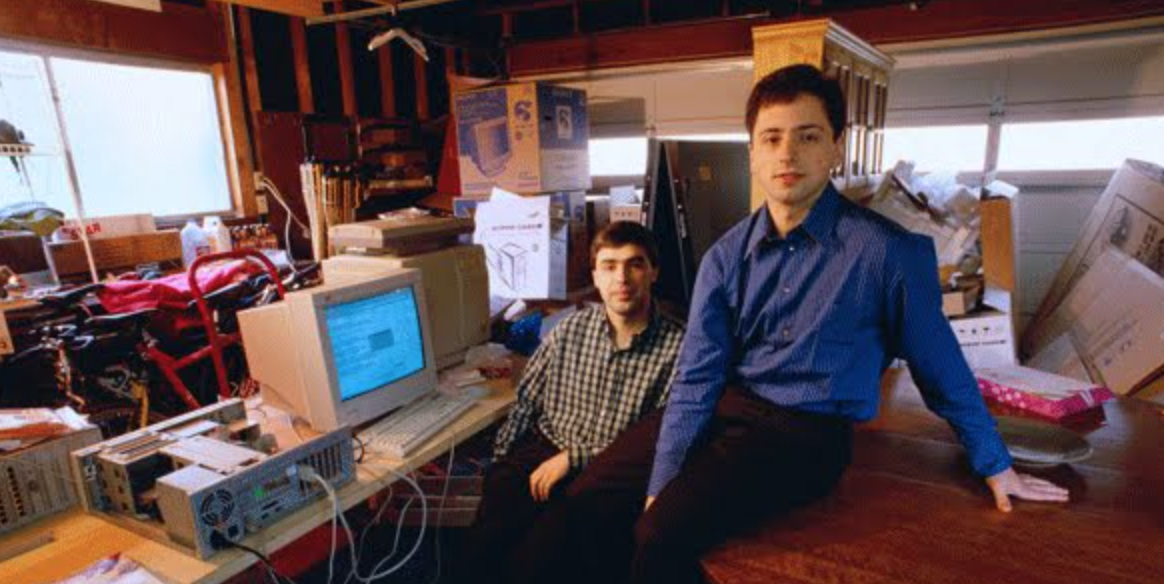What is a startup?
This is my summary of the Startup = Growth essay by Paul Graham. Much of the sentences are lifted ad verbatim so they can’t really be considered my own words. Enjoy!
Growth
Remember this! A startup is a company that is designed to grow fast.

Let’s jump right in! What makes a startup a startup? A startup is a company that is designed to grow fast. This means that not every new company is a startup, nor that a startup has to work on new and exciting technology, although they often go hand in hand.
The only thing that matters for a startup is growth. Everything that pops to mind when we think of startups (tech-based product, catered food, flashy offices, massages, bring your dog to work days, stocks, IPOs, etc.) can all be derived from a startup’s growth.
A startup is, and should be, chasing growth. If you are not chasing growth you are most likely not working at a startup. However, if you can sustain rapid growth week over week, all the other pieces will tend to fall into place.
Let me show you what I mean with growth. Consider your regular local barbershop. That’s not a startup. Now consider for example this company, Retool, a Software-as-a-Service (SaaS) company creating software to build internal company tools, which is a startup. How can we tell? Well in 4 years they grew to a valuation of a billion dollars:
Retool, Inc., a startup that’s less than four years old, is worth almost $1 billion after raising money from some of Silicon Valley’s top investors including Sequoia Capital and executives from GitHub Inc. and Stripe Inc.
Can you imagine a barbershop becoming worth more than a billion dollars in less than 4 years time? Yeah neither can I. Startups are different, and the only thing that matters for them is growth.
Ideas
Remember this! Don’t actively search for startup ideas, scratch your own itch.

“OK. I get it,” you now mumble to yourself. A startup is all about growth. How do you come up with an idea that you can grow? One way could be to try ideas that others have overlooked. But there is a better way of coming up with ideas: scratch your own itch.
Because the world of technology moves so fast, formerly bad ideas can quickly turn into good idea without anyone noticing. This is how most startups get started. The founders felt the pain of a particular problem and were able to solve it with technology that just became available to the masses. Apple co-founder Steve Wozniak scratched his own itch of wanting a personal computer:
Steve Wozniak’s problem was that he wanted his own computer. That was an unusual problem to have in 1975. But technological change was about to make it a much more common one. Because he not only wanted a computer but knew how to build them, Wozniak was able to make himself one. And the problem he solved for himself became one that Apple solved for millions of people in the coming years. But by the time it was obvious to ordinary people that this was a big market, Apple was already established.
And so did the Google co-founders, Larry Page and Sergey Brin, of wanting a better search engine:
Google has similar origins. Larry Page and Sergey Brin wanted to search the web. But unlike most people they had the technical expertise both to notice that existing search engines were not as good as they could be, and to know how to improve them. Over the next few years their problem became everyone’s problem, as the web grew to a size where you didn’t have to be a picky search expert to notice the old algorithms weren’t good enough. But as happened with Apple, by the time everyone else realized how important search was, Google was entrenched.
Both the Apple founders and Google founders scratched their own itch, solving their own problems. By the time the competition started noticing, it was already too late. So think to yourself: What itch you can scratch?
Growth rate
Remember this! Try to grow revenue or active users 5% to 7% week over week.

How fast does a company need to grow to considered to be a startup?
Startup growth can be divided into three phases:
- There’s an initial period of slow or no growth while the startup tries to figure out what it’s doing.
- As the startup figures out how to make something lots of people want and how to reach those people, there’s a period of rapid growth.
- Eventually a successful startup will grow into a big company. Growth will slow, partly due to internal limits and partly because the company is starting to bump up against the limits of the markets it serves. [5]
The slope in the second phase is your growth rate. This is what every founder should know. This is the measure of success for your startup. If you don’t know this number you don’t know how well you are doing as a startup. Startups should aim to grow at 5% to 7% per week.
So what growth should you measure? The best metric you want to track is revenue, if you can’t do that, track active users:
The best thing to measure the growth rate of is revenue. The next best, for startups that aren’t charging initially, is active users. That’s a reasonable proxy for revenue growth because whenever the startup does start trying to make money, their revenues will probably be a constant multiple of active users.
Compass
Remember this! Use your growth target as a guide for your decisions. Will *this make me hit my growth targets?

You can use this growth rate as a compass for your decisions. Pick a growth rate that you think you can hit and try to hit it every week. This turns every decision you make into a much simpler problem: what do you need to do to hit your growth target? (This actually reminds me of will this make the boat go faster.)
Having such a clearly defined growth goal forces you to act. And often acting versus not-acting is the most crucial factor for startup success. Often times sitting around and thinking about what to do is just another form of procrastination.
Keep in mind that, because you are chasing growth, your company will most likely morph into something else than you initially had in mind. This is a good thing. Something that grows 5% to 7% steadily every week is much more valuable than what you conjured up initially.
Follow this growth constraint instead of clinging to your initial idea of what the company should look like. Compare yourself with a scientist following the results of his experiment, rather than trying to force the results of the experiments to what he wishes them to be.
Richard Feynman once said that imagination of nature is greater than the imagination of man, and I think so too. Just keep following your growth and you’ll come up with cooler stuff than you could ever imagine.
Value
Remember this! If you grow 5% every week, you will more than 10x in a year.

If you find something that grows at an exponential rate, cling onto it like your life depends on it. To find out why, look at this graph:
| weekly | yearly |
|---|---|
| 1% | 1.7x |
| 2% | 2.8x |
| 5% | 12.6x |
| 7% | 33.7x |
| 10% | 142.0x |
This graph translates a weekly growth into a yearly growth. A company that grows 1% each week, grows at 1.7x in a year. A company that grows 5% each week, grows 12.6x in a year!
Sounds implausible? Yes. The reason for that is because our intuitions about exponential growth suck. This is why it is so important for a startup to keep growing and growing. Do everything in your might and power to sustain this growth. That’s what makes a startup a startup, growth.
Summary
- A startup is a company that is designed to grow fast.
- Don’t actively search for startup ideas, scratch your own itch.
- Try to grow revenues (or active users) 5% to 7% week over week (more than 10x in a year)





Comments